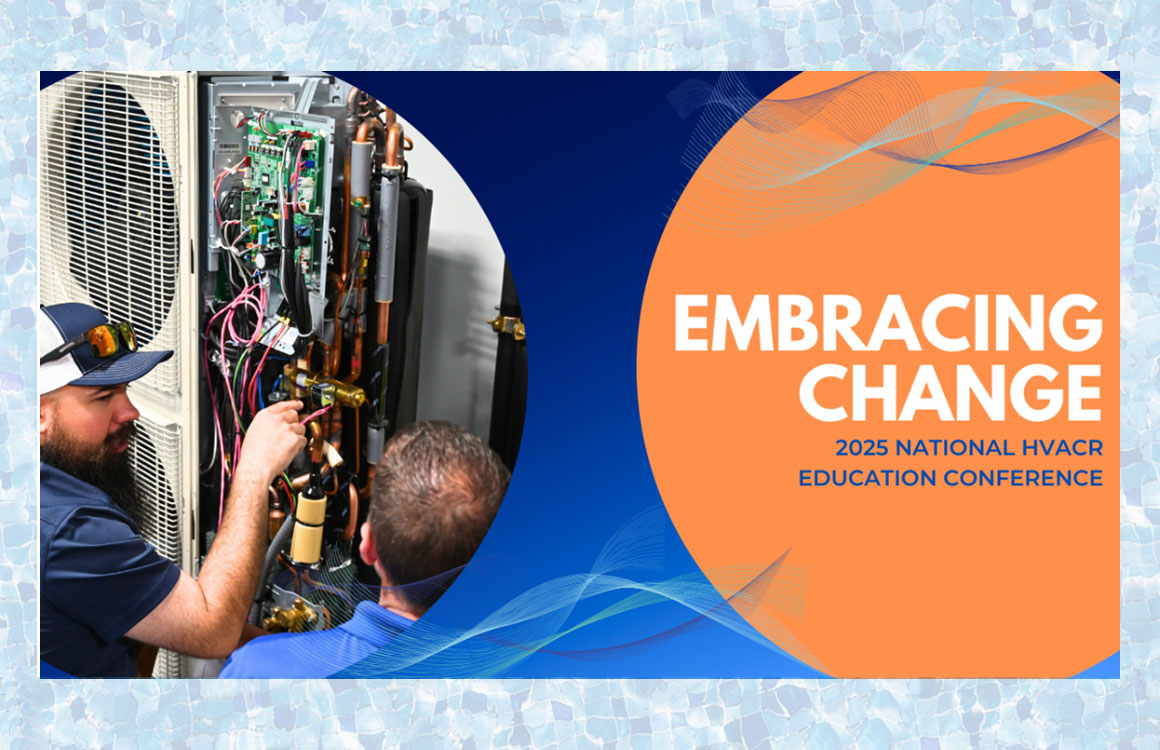
News
Carbon Monoxide: Three Important Combustion Analyzer Maintenance Tasks
By David Richardson
In the middle of summer, most HVAC professionals don’t think about combustion testing. While I don’t agree with this mindset, I understand why many in our industry think this way. When it’s 90°F outdoors, the last thing you want to do is turn a furnace on.

During this busy time, technicians don’t use their analyzers much. However, if you take a few precautions before the cooling season begins, you won’t have to worry about whether your analyzer will work when you need it. Let’s look at three important combustion analyzer maintenance tasks you can do to keep your analyzer ready to go.
Storage
Before you store your analyzer for a lengthy period, pay attention to the batteries and probe assembly. First, if your analyzer has disposable batteries, remove them before storing it. Otherwise, the batteries may leak and corrode the terminal connections.
Next is the probe assembly. Disconnect the hose and thermocouple plug from the analyzer when you store it. Handle only the hose end and thermocouple plug when you remove them. Otherwise, they may break at their connection point.
Use this time to inspect and repair the probe hose for leaks or poor connections. If you suspect any leaks that aren’t obvious, you can also perform a quick integrity test with a Dwyer 460 draft gauge.
Do this by turning on your analyzer and attaching the draft gauge hose to the probe end. Then record the pressure reading from the gauge. Next, remove the probe connection from the analyzer and connect the draft gauge hose in its place. Record a second pressure reading from the gauge. If the pressure readings are identical, you know the probe assembly is leak-free.
Moisture
Moisture can cause problems for an analyzer you store for lengthy periods. When you inspect the probe assembly, make sure there is no moisture in the tubing or trap. You may need to blow excess moisture from the hose before you store it. in addition, the analyzer probe should be cool before you put it in the storage case.
Also, check the particulate filter in the trap for moisture. If it is wet, let it dry or replace it. You should also leave the trap open when you store it, so it remains dry. Follow this rule all year to keep O2 (Oxygen) and CO (carbon monoxide) sensors dry. Damp sensors don’t work well and often result in error codes when you turn the analyzer on, so keep them dry.
Sensor Calibration
O2 and CO sensors also need periodic calibration to assure the analyzer continues to operate at its best.
Most manufacturers O2 sensors are field replaceable and self-calibrating. You should expect to replace them about every two years and plan for the expense. O2 sensors fail at the most inconvenient times. So, if it has been two years since you replaced it, get a new sensor.
When you replace a CO sensor, you must calibrate it with CO calibration gas. If you have a CO calibration kit, test gas, and the manufacturer’s instructions, you can do this yourself. However, if you don’t have the kit, you must send the analyzer back to the instrument manufacturer or a credible third-party source for calibration.
Some instrument manufacturers offer pre-calibrated CO sensors for their analyzers. You must sign up for their sensor replacement program to keep your analyzer sensors current and in calibration.
Sensor Quick Checks
Sometimes you will question your analyzer readings. Two common situations are when the O2 reading doesn’t return to 20.9% or the CO reading doesn’t return to zero ppm. You can perform a few quick tests to assure all is well or if you need to send your analyzer in for calibration and/or new sensors.
First, you can use your breath as a quick check for the O2 sensor. Make sure the probe end is cool and then slowly exhale into it and watch the O2 reading on the analyzer display. It should drop below 17%.
Next, you can use a lighter or match flame to check the CO sensor. Touch the flame to the probe end for a few seconds and watch the analyzer display. You should see a CO reading. If there is no change, replace and calibrate the CO sensor.
Protect Your Investment
A combustion analyzer is an investment. Take the necessary steps to assure yours is ready to go the next time you need it. You can also install a heavy-duty magnetic boot on your analyzer if the instrument manufacturer offers them. Trust me, you will drop it.
Pay special attention to the water trap and thermocouple too. Both are expensive to replace if you break them. Don’t let neglect take a toll on your instruments.
Finally, don’t forget there are fuel-fired appliances that operate year-round with the potential for CO poisoning. Keep your antennas up for more than furnaces and cracked heat exchangers.
About the Author
David Richardson serves the HVAC industry as a curriculum developer and trainer at the National Comfort Institute, Inc. (NCI). NCI specializes in training focused on improving, measuring, and verifying HVAC and Building Performance.
If you’re an HVAC contractor or technician interested in learning more about adding carbon monoxide testing to your services, contact David at davidr@ncihvac.com or call him at 800-633-7058. NCI’s website www.nationalcomfortinstitute.com is full of free technical articles and downloads to help you improve your professionalism and strengthen your company.














